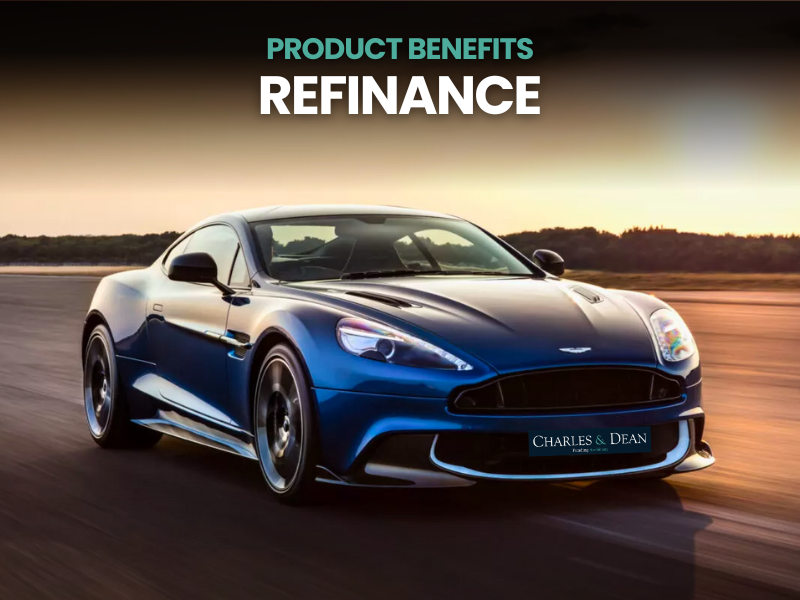
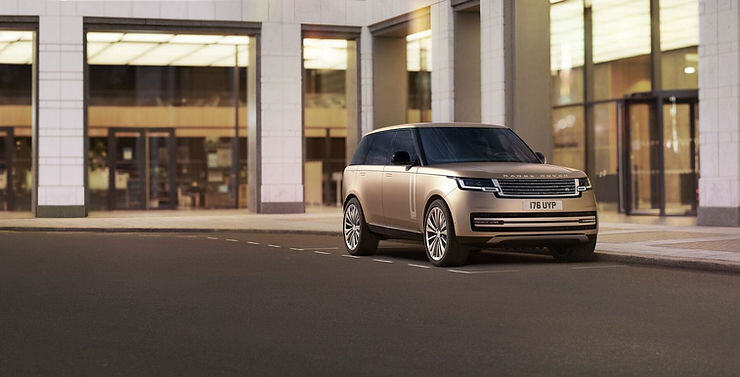
1. It’s going electric
Where Jaguar blazed a trail with the all-electric i-Pace, Land Rover is yet to go fully electric. Instead, it’s quietly gone about engineering decent plug-in hybrid versions of most of its models. But this new Range Rover will, come 2024, be available without an engine – an enormous battery in the floor and two electric motors, one on each axle, will do the honours.
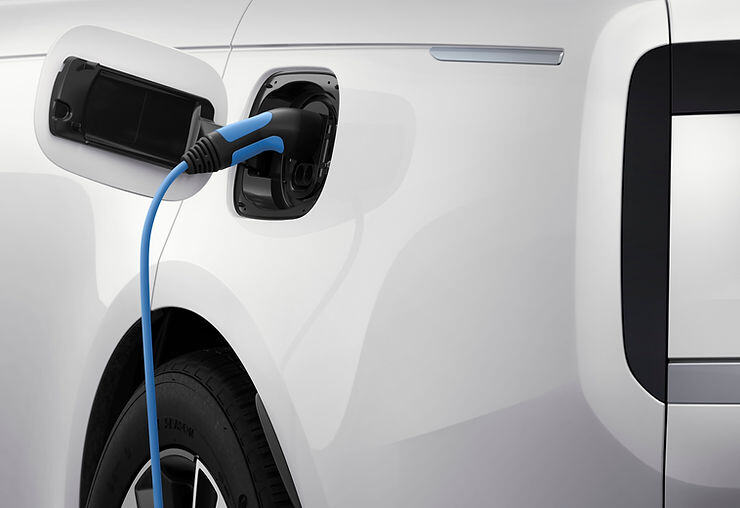
Until then the new P440e and P510e plug-in hybrids use a meaty 31.8 kWh battery (that’s bigger than the unit in some pure electric city cars) to deliver strong performance, engine-off motorway cruising and an electric-only range just north of 60 miles. That won’t get you far in the Sahara, but it’ll be handy for the school run.
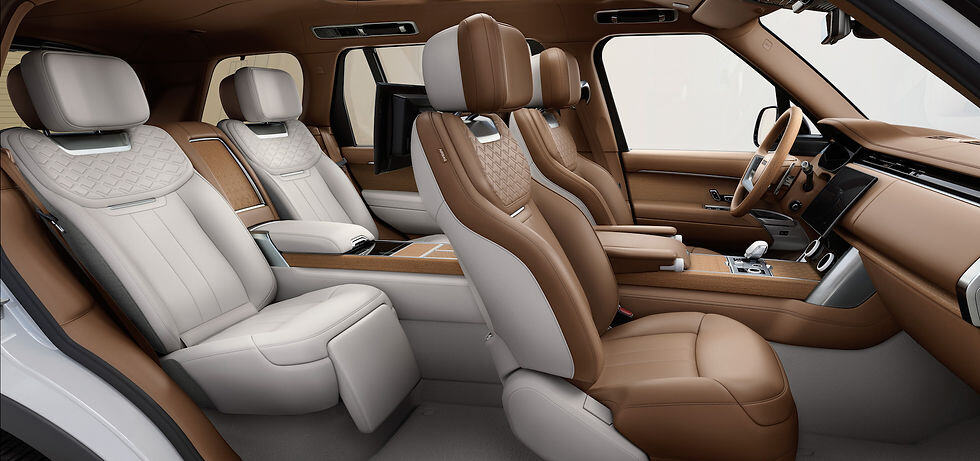
2. It’s entirely new underneath
As before the Range Rover will be available in Standard and Long Wheelbase guises, but even the normal car gets a 75mm stretch between the wheels to increase interior comfort (and free up space for the enormous new 23-inch wheel option…). Long Wheelbase buyers can spec their car with four, five or – for the first time in a Range Rover – seven seats. Planning to ride in the back of your new Range Rover, taking calls and running the world? Then you’ll be wanting the SV version with Signature Suite, which cranks the indulgence levels up to eleven with a fridge and a retractable, electrically-powered console table.
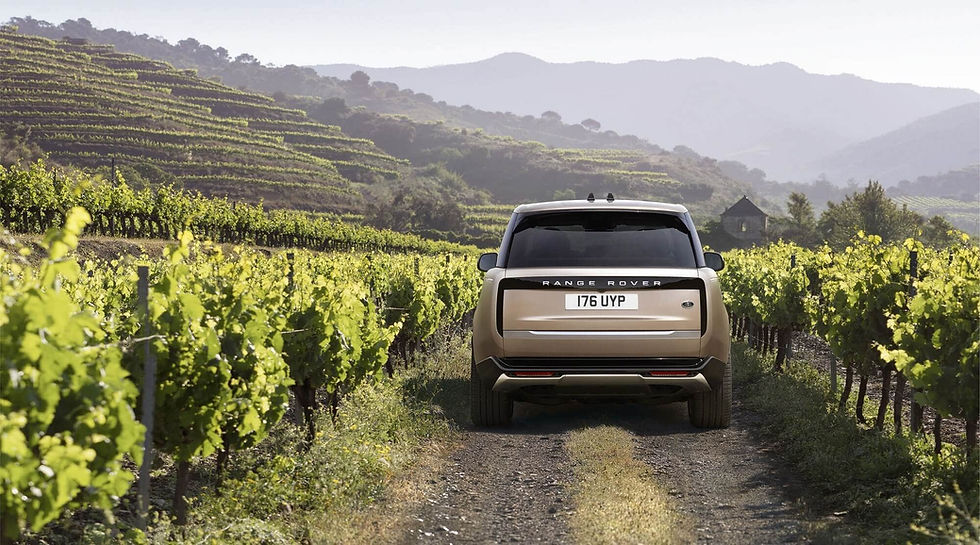
3. There’s a BMW engine option
The full engine line-up is vast, running from two modest mild-hybrid diesel sixes though a pokier, 394bhp petrol six and the PHEVs to a new 523bhp V8. Range Rovers have long been synonymous with V8 power (the very first Range Rover used a V8), but the new one is a fruit of Land Rover’s ongoing collaboration with BMW. It’s Munich’s 4.4-litre twin-turbo unit, modified for duty in the Range Rover.

4. it promise to drive like a road car, not a mud-plugger
SUVs that handle well are nothing new – BMW and Porsche have been doing it for years. And while still too big and heavy to be considered in any way sporty, the new Range Rover does at least promise to drive well on tarmac. It uses active roll control to stay composed in corners while also offering a super-plush ride, and also introduces rear-wheel steering for the first time on a Rangie. This makes the car both easier to manoeuvre around town and more stable and responsive out on the open road. And when that road ends, well, multiple off-road modes, a wading depth of nearly 900mm and full-time four-wheel drive mean you’ll be just fine.
Range Rover P400: From £98,000, 523bhp twin-turbo V8, 4.4sec 0-60mph, 155mph.

Written by
Charles & DeanAt Charles & Dean, we offer finance solutions with a difference. Our focus is on you, providing a variety of competitive independent finance options that support both businesses and individuals in their own unique journey.
Table of contents
Apply for Finance
Let’s start with your name & email
Please provide your details to receive a personalised quote.
Subscribe
Get the latest insights and updates delivered to your inbox weekly.






.jpg?width=1200&height=600&name=car%20finance%20top%20tips%20(2).jpg)



